PARTNER CONTENT
This content was produced by Automotive Manufacturing Solutions in partnership with Henkel.
Thermal gap fillers are under greater stresses from electronic components as trends like autonomous driving take shape.

Cars are becoming computers on wheels – a concept that has been gaining ground for years, and one that is increasingly prevalent as trends like digitalisation and autonomous driving continue to develop. This is being enabled by, among many advancements in technology, the growing computing power of electronic control units (ECUs), which are used to manage and process information from critical systems.
With higher power comes higher stresses, particularly heat dissipation. The next generation of gap filler technology will prove vital to tackle this, ensuring that electronic components can perform safely and reliably. Henkel has devised a number of solutions with its next-generation gap filler products that address the challenges.
Covering all areas
“The main purpose of a gap filler is to connect different components in an electronic application, creating a thermal bridge and optimising heat dissipation by displacing air gaps,” Nicolas Riem, Manager Application Engineering at Henkel, tells AMS. “It is not only a robust gap-filling material, but it’s also thermally conductive. There is a heat generating source and it must be connected to a cooling device or heat sink, making sure that it can continue operating as required.”

This could be a simple aluminum chassis that helps to passively cool down the components, or it could be a more advanced cooling plate with a fluid which is used to cool down a battery module or high-power control units, for example. The material between the component and the cooling device must be able to withstand high temperatures, but Riem also explains that the components typically move away or closer to each other when the vehicle is in operation, and that this movement can result in temperature fluctuations as well as mechanical stresses.
How does this all relate to automotive electronics in the car? Riem explains that the average new vehicle on today’s market will typically include around 100 ECUs. This number is decreasing due to the integration of discrete ECUs into domain and zonal controllers, which is leading to higher power densities and stronger processing chips, increasing the heat in a single component.
“There are a significant amount of electronic components, and they need to provide better performance with more features,” he notes. “And although vehicles have become larger with the SUV trend, the size of these electronic components is reducing and they are often all bundled together in the smallest possible package. The power density is increasing, and therefore, the components and materials are under more stress. So, this thermal gap filler product line is extremely relevant in all kinds of automotive electronic components.”
Design and simulation
Henkel has been providing gap fillers to the automotive market for over 15 years, but when designing its next-generation products to handle the growing demand for liquid thermal interface materials, the company had to take an innovative approach. Riem recalls the extensive research and development that was necessary to find appropriate solutions, and how Henkel worked closely with its customers to identify them.

“We need to be very prepared and address all challenges for our customers, and that means understanding the new conditions for our products to best operate and effectively addressing feedback which is given sooner in the development cycle,” Riem emphasises. “At the same time, we also need to react quickly and efficiently. Automotive production is always stressed by cycle time, so not only do our materials need improved performance and reliability, but they must also be easily applied, and they have to be as cost effective as possible. These are all constraints when it comes to designing new products.”
Each customer and application are different. A battery pack inside an EV, for example, has different heat dissipation requirements when compared to an ECU. Therefore, the design process of Henkel’s next-generation gap fillers had to be holistic, with extremely detailed and precise testing and validation cycles to consider a huge range of unique scenarios. The gap fillers needed to be highly robust and reliable, with effective thermal management capabilities to optimise long term safety and performance of electronic components.
As well as thermal conductivity and heat dissipation, Henkel had to consider the manufacturing challenges that carmakers and suppliers are faced with, and how the next-generation of gap fillers could help tackle pain points. Factors such as the curing schedule for the resin needed to be taken into account, as well as the dispense rate for the material. The gap fillers also needed to be easily adaptable for product integration, allowing for dismantling at the end of life to minimise waste and offer a sustainable alternative.

Looking ahead, Riem suggests that companies need to be proactive rather than reactive in the design phase, anticipating the fact that every automotive electronic application will produce more heat as it has to deliver higher performance. As a result, the carmakers, Tier 1 and Tier 2 suppliers cannot keep designing the same way they have done for decades and must instead consider thermal management from a very early stage. “We now have a co-design responsibility with our customers, where they will speak to us during the early stages of the design phase,” Riem notes. “The customer typically does a large amount of simulation work, and they often ask for our data on materials so they can use it in their simulations. At the same time, Henkel is also investing in simulation capabilities.”
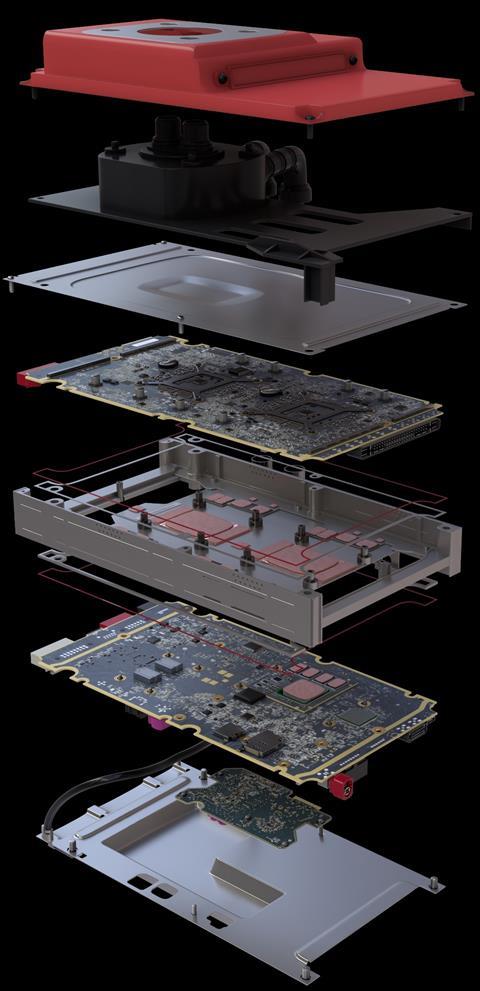
The ultimate goal for everyone, he muses, would be that the customer knows exactly how the thermal product needs to perform in their application early in the design phase, or even beforehand. “I don’t think we are at that stage today, but we can see that the exchange of information is helping us move in the right direction. And in the future, I think it will become even more important to be able to feed simulation data and material cards from both sides, allowing our customers to meet tighter development cycles as well as anticipate market demand,” he predicts.
Henkel’s next-generation thermal gap fillers are formulated to deliver more than just heat dissipation. They offer thermal conductivity values ranging from 2.2 W/mK to over 6.5W/m.K depending on the formulation. Key properties include low outgassing for use near sensitive electronics, excellent wet-out, outstanding slump resistance, and minimal compression-set, which ensures consistent contact and performance over time.
These silicone-based materials are EU REACH-compliant and designed for low siloxane volatility, supporting applications in safety-critical zones like ADAS sensors. Flagship products such as BERGQUIST GAP FILLER TGF 2900LVO and TGF 4400LVO are engineered to withstand severe thermal load while maintaining mechanical and dielectric stability, making them highly suitable for compact, high-density electronic modules used in next-gen EV platforms.
Future autonomous platforms
Market demand is clearly moving in the direction of highly automated vehicles, he continues. While the average vehicle on today’s market includes many ECUs, new platforms for highly automated vehicles will likely feature a single central processing unit that controls all the electronic platforms and critical systems. These master computing units “generate higher heat and require a different heat transfer concept,” Riem observes.
He emphasises the need for extremely high material safety, reliability and performance – a step up from the current products on the market today. With its next-generation of gap fillers, Henkel has strategically been planning ahead for the future in mobility, and can continue to help its customers tackle pain points in design and manufacturing. “We are constantly communicating confirms.
Find out more by contacting Henkel, here.










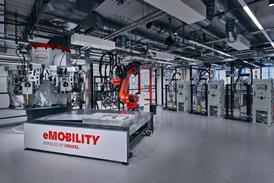
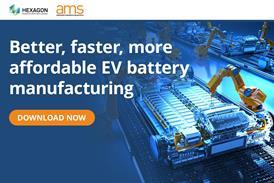



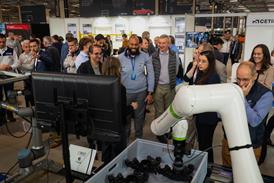

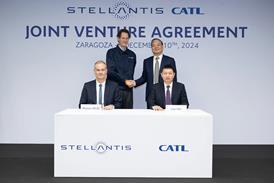

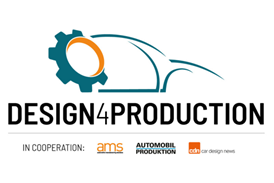
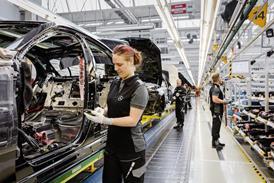




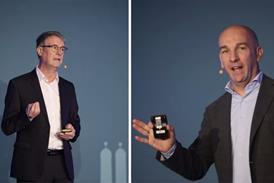



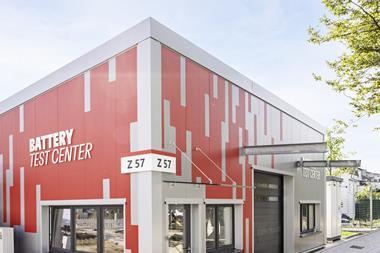


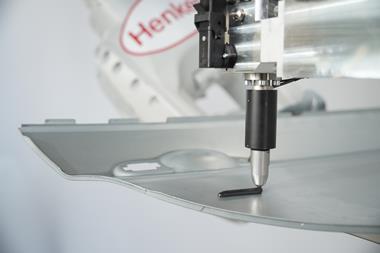




No comments yet